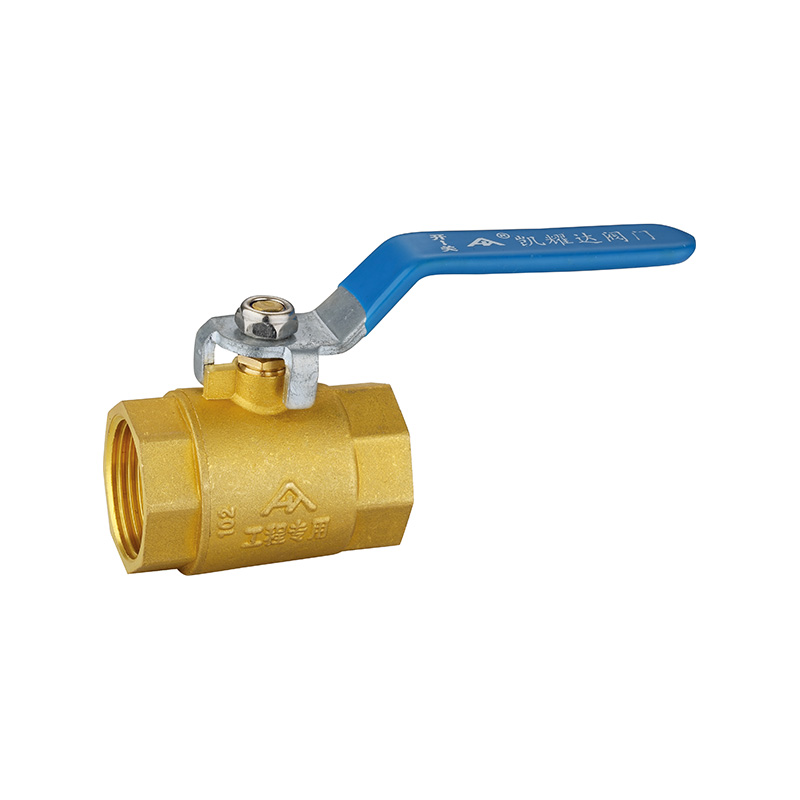Troubleshooting Underfloor Heating Accessories During Operation
Underfloor heating systems are widely used in residential and commercial buildings for their ability to provide uniform and comfortable warmth. These systems rely on a combination of pipes, manifolds, thermostats, pumps, and other accessories to distribute heat evenly across floor surfaces. Although underfloor heating is generally reliable, issues can arise during operation, affecting performance, efficiency, or comfort. Troubleshooting these Underfloor Heating Accessories Sales requires careful observation, systematic checks, and practical understanding of how each component functions.

Thermostatic and Control Issues
Malfunctioning Thermostats
Thermostats are central to the operation of underfloor heating systems. They regulate the temperature of the floor and, by extension, the room. A malfunctioning thermostat can uneven heating or the system failing to operate entirely. Real-life examples include homes where certain rooms remain cold despite the heating being turned on. Troubleshooting involves checking the thermostat settings, replacing batteries if required, and verifying electrical connections. In some cases, a faulty temperature sensor within the thermostat may need replacement.
Incorrect Programming or Settings
Many modern underfloor heating systems allow programmable thermostats for different schedules. Incorrect programming can result in periods of insufficient heating or overheating. For instance, in office buildings, programmable thermostats set for night-time operation may inadvertently leave floors cold during early morning hours. To address this, users should review programming schedules, ensure time settings are accurate, and adjust temperature profiles according to actual usage patterns.
Communication Failures in Smart Systems
Some underfloor heating systems are connected to central control units or smart home devices. Communication failures between thermostats and control units can prevent proper system operation. Troubleshooting requires checking wireless connectivity, inspecting wiring for damage, and resetting controllers. In certain scenarios, software updates may be necessary to restore proper function.
Flow and Circulation Problems
Pump Malfunction or Failure
The circulation pump is responsible for moving heated water through the underfloor pipes. A malfunctioning pump can reduce flow, uneven or inadequate heating. For example, in a residential system with multiple loops, a failing pump may result in one area heating properly while others remain cold. Troubleshooting includes inspecting the pump for blockages, verifying electrical supply, and ensuring that the pump impeller rotates freely. Replacement may be required if the pump is worn or damaged.
Air Locks in the System
Air trapped in underfloor heating pipes can prevent proper circulation, causing cold spots on the floor. In real-life applications, homeowners often notice that radiators or floor sections fail to warm despite the system being active. Resolving air locks involves bleeding the system using bleed valves on the manifolds or pumps. In systems with multiple loops, each loop may need individual attention to ensure full circulation.
Obstructions or Closed Valves
Flow in the piping system can also be disrupted by partially closed valves or debris inside the pipes. This can occur after maintenance or if dirt enters the system. In commercial buildings, partial valve closure is a common cause of uneven heating between zones. Troubleshooting requires checking all manual and automatic valves and cleaning any blocked filters or strainers.
Installation or Material-Related Complications
Improper Pipe Layout
Incorrect installation of underfloor heating pipes can uneven heat distribution. Pipes laid too far apart or with inconsistent spacing may create hot and cold spots. Real-life examples include renovated homes where floor layouts differ from the original design. Corrective measures involve verifying loop spacing and flow rates to ensure even distribution across the floor area.
Manifold or Connection Leaks
Leaks at manifolds or pipe connections reduce system efficiency and may damage surrounding flooring. In residential installations, visible water stains or damp areas often indicate such leaks. Troubleshooting involves inspecting all connections, tightening fittings, and replacing seals or gaskets where necessary.
Incompatible Materials or Components
Using components that are not compatible with the underfloor heating system, such as incorrect pipe diameters or valves rated for lower pressures, can operational problems. For example, a pump sized for smaller pipe loops may fail to circulate water effectively through larger loops. Corrective action includes replacing incompatible components with ones meeting the manufacturer’s specifications.



 English
English русский
русский Español
Español عربى
عربى


